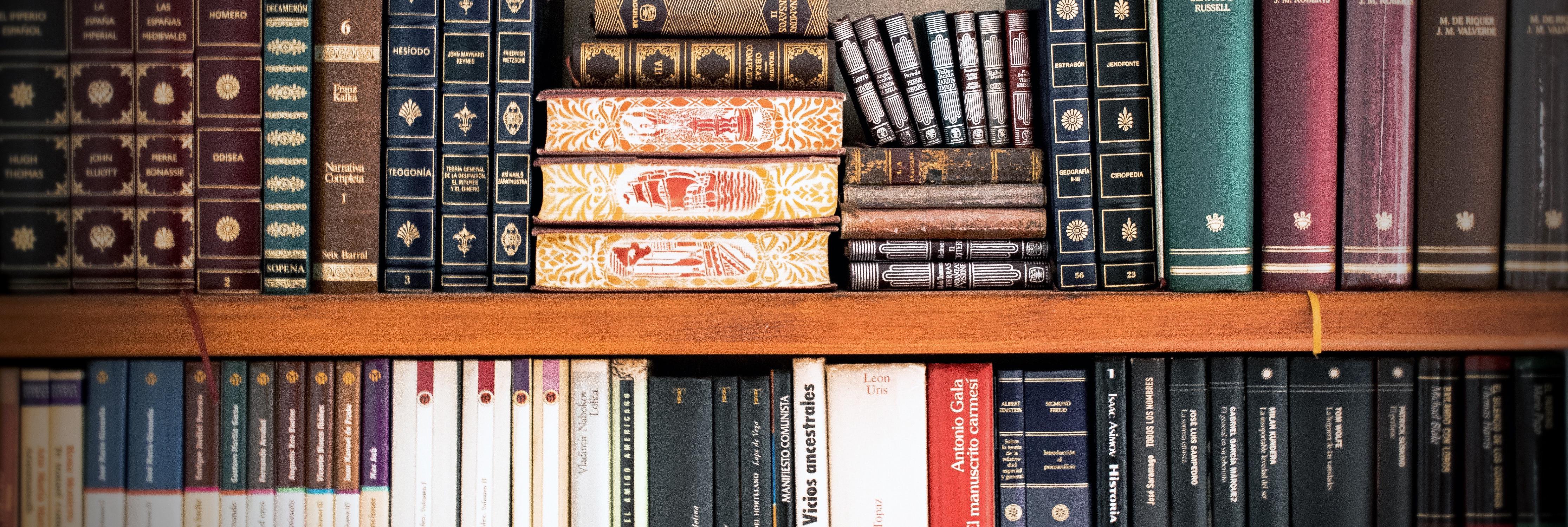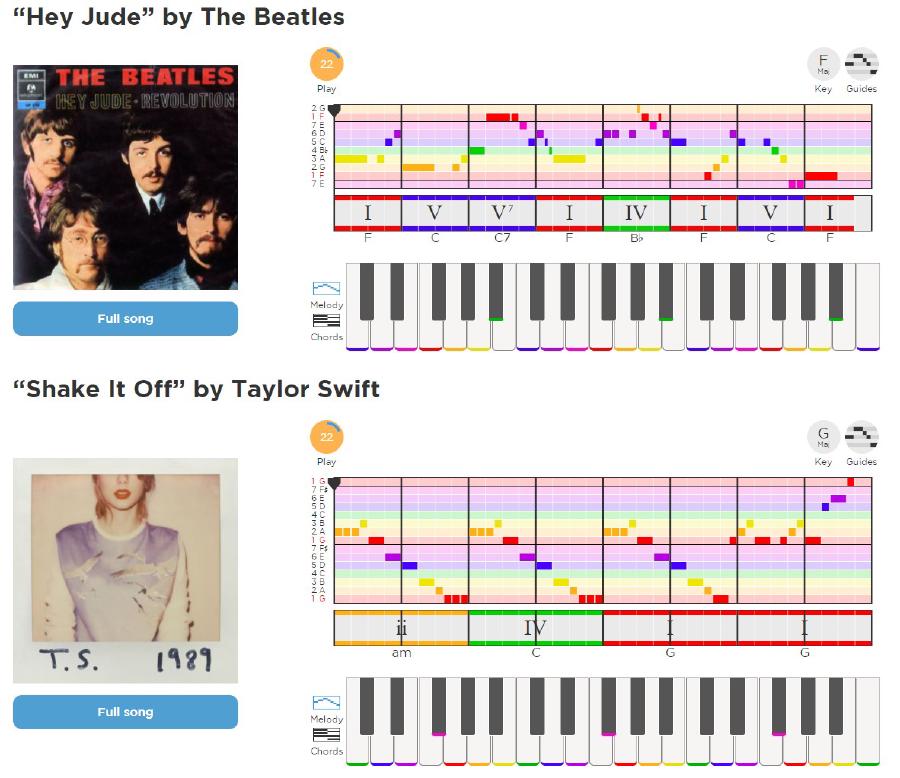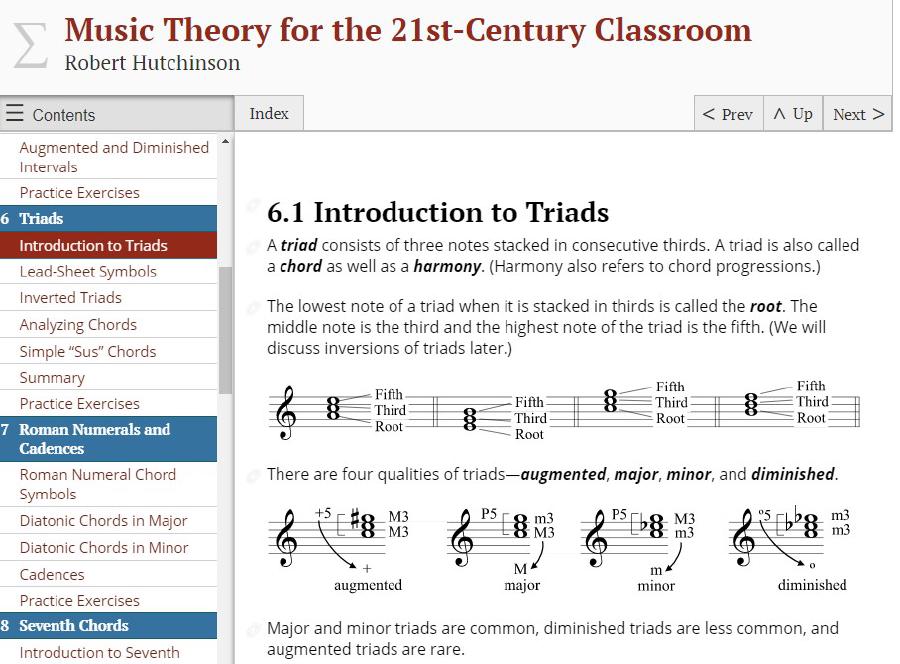
Flexible Educational Resources
A one size fits all approach to teaching rarely results in effective teaching and learning. For this reason, it is important to provide a degree of choice and flexibility to the classroom. Providing flexible educational resources is an excellent way to open options for how learners approach the topic at hand.
Curated Menus

When educators design learning modules, they start by selecting the resources that they believe to be the most useful. The educator is the expert on curriculum and pedagogy, so these resources may be the best, but they tend to be centered around how the educator learns. However, learners all have their own unique learning needs. This is where a curated menu of additional resources can be a great way to expand learning modules.
As I am researching resources to design a module, I maintain a list of everything I look at that I feel is well designed. After selecting the resources that I find to be the best to design the lesson around, I provide the learners with an additional resource list that they can explore for different perspectives. I also include a video that provides a quick overview of each resource.
The following are resources that I have discovered that I often include because they are both flexible and high quality.
Ableton Education Resources

When I am developing modules, the first place that I look for resources is from standard industry professionals. Ableton is a company founded in 1999 that develops the digital audio workstation (DAW) Live. Ableton’s DAW is one of the most unique in that it was created focusing on being an instrument for live performance, in addition to standard DAW functions. Ableton has developed two sets of curricular resources that are free, interactive, and can connect with their DAW.
The first is Learning Music which teaches the basics of music and music production. The second is Learning Synths which teaches the basics of sound synthesis and sound design. The best part about these resources is that they provide students with information on a variety of genres and have interactive elements for learners to play and learn with.
Hook Theory

After looking through what the standard industry professionals have developed, I start to look for who is new to the industry and trying to disrupt with innovative approaches. This lead me to Hook Theory which aims to take music theory, a concept that is vital to learning how to compose music, and modernize it for contemporary use (such as shifting to displaying a piano roll rather than traditional notation).
The website itself is a treasure trove of resources for learners. Beyond the original tool called the HookPad, there is a repository of popular songs that learners can sift through and analyze, a curated list of the most common chord progressions with examples, and a way to build chord progressions based on the progression trends. All of these together provide leaners with a multitude of ways to learn and approach topics through data-driven choices (trends), analysis (common progressions and theory tabs), or pure creation/trial-and-error (HookPad).
Music Theory for the 21st Century Classroom

After collecting a variety of interactive resources, I always try to find and include at least one resource that is more content-dense. This provides a fantastic opportunity for learners to extend and deepen their learning if they wish. Music Theory for the 21st Century Classroom by Robert Hutchinson is another resource, this time a textbook, that takes traditional music theory and modernizes it.
For different lessons, I am able to reference different chapter for leaners to utilize, including practice exercises and homework assignments for each chapter. Learners can then choose to explore the resource further if something piques their interest related to the lesson, or in their own free time. This also provides a more “traditional” learning resource for learners that enjoy having a textbook to reference.
Monitoring Resources
In addition to pedagogical resources, it is important to have flexible resources that you can also use to monitor learning and the effectiveness of certain resources. The following are resources that I have found helpful for my classes.
Padlet

Using Padlet, you can create individual notes and links to each resource curated for the learners. Learners can let me and their peers know if they thought a particular resource was valuable by using the up/down vote feature. The more up votes, the more learners that thought it was worthwhile. Additionally, they can comment on the individual resources with any questions, comments, or tips about that resource for me or for their peers. This allows me or their peers to comment back with additional or alternative resources based on those questions or comments.
Discord

Using Discord or any other instant messaging app, anyone in class can easily share related resources that I might not have found when curating content. This is great for encouraging learners to explore on their own and develop their research skills. Like Padlet, learners can react to individual messages to indicate if the resource was helpful or not. There is also the opportunity for learners to have immediate discourse about the assignment, which others can go back and read to determine if it might be something useful for them. Often when someone shares a resource, it will remind someone else of something they saw which they end up sharing. It helps create a cycle of learners sharing things they have come across when browsing the internet.
Reflections

At the completion of a project or assignment, I will often ask learners to reflect on the resources they used to help them. These questions ask them to talk about the resources that were the most helpful and why, in addition to the resources that were the least helpful and why. While this isn’t necessarily immediate feedback, it does provide me with deeper feedback on why some resources are or are not working. It also gets learners to not only reflect on the resource, but what things tend to help them when they are going on their own learning journey or creative process. I’m able to take these responses and then adjust the types of resources I provide for the next assignment.
Resources
Duke Learning Innovation (n.d.). Flex Teaching. Duke University. https://flexteaching.li.duke.edu/
Gonazalez, J. (2020, March 30). Distance Learning: A Gently Curated Collection of Resources for Teachers. Cult of Pedagogy. https://teachinginhighered.com/2018/05/16/communicating-across-the-curriculum-reflections/
Joan, R. (2013, August). Flexible Learning as New Learning Design in Classroom Process to Promote Quality Education. Journal on School Educational Technology, 9(1), 37-42. https://files.eric.ed.gov/fulltext/EJ1098325.pdf
Office of Academic Innovation (2020, November 12). Flexible and Affordable Teaching Materials: Using OER. Portland State University. https://oaiplus.pdx.edu/portfolio/flexible-and-affordable-teaching-materials-using-open-educational-resources-oer/